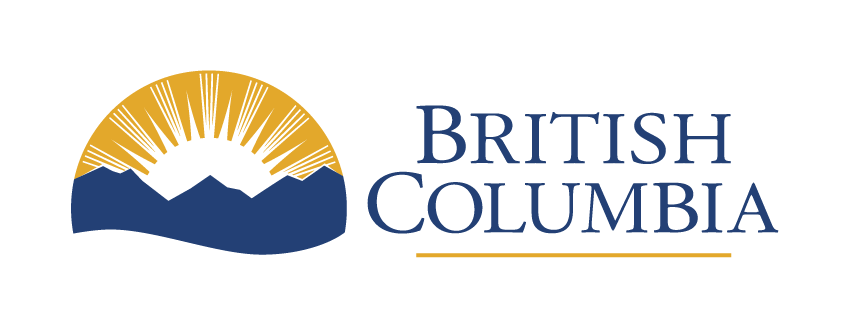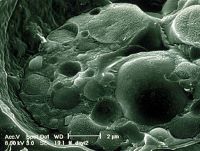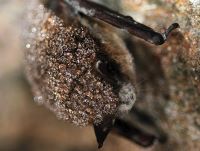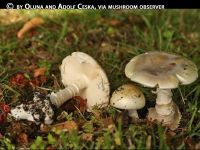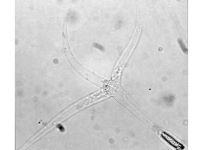Invasive fungus and disease
Invasive fungi are from another area and are transported, or migrate due to climate change, beyond their natural range. They may establish in a new area where they harm human health, native ecosystems and the local economy if they are not detected early, identified and managed.
There are 5 priority categories for fungi and disease which determine the province's response.
- Prevent
- Early detection and rapid response (EDRR)
- Provincial Containment
- Regional containment/control
- Management
The fungi and diseases on this page are organized into these categories.
Prevent
Species determined to be high risk to B.C. and not yet established. Management objective is prevent the introduction and establishment.
Early detection and rapid response (EDRR)
Learn more about the provincial EDRR.
These species are high risk to B.C. and are new to the Province. Management objective is eradication.
Provincial containment
Species is high risk with limited extent in B.C. but significant potential to spread. Management objective is to prevent further expansion into new areas with the ultimate goal of reducing the overall extent.
Regional containment/control

Report invasive species before they cause harm.
Related links
Contact information
Contact us if you have questions about invasive plants.
